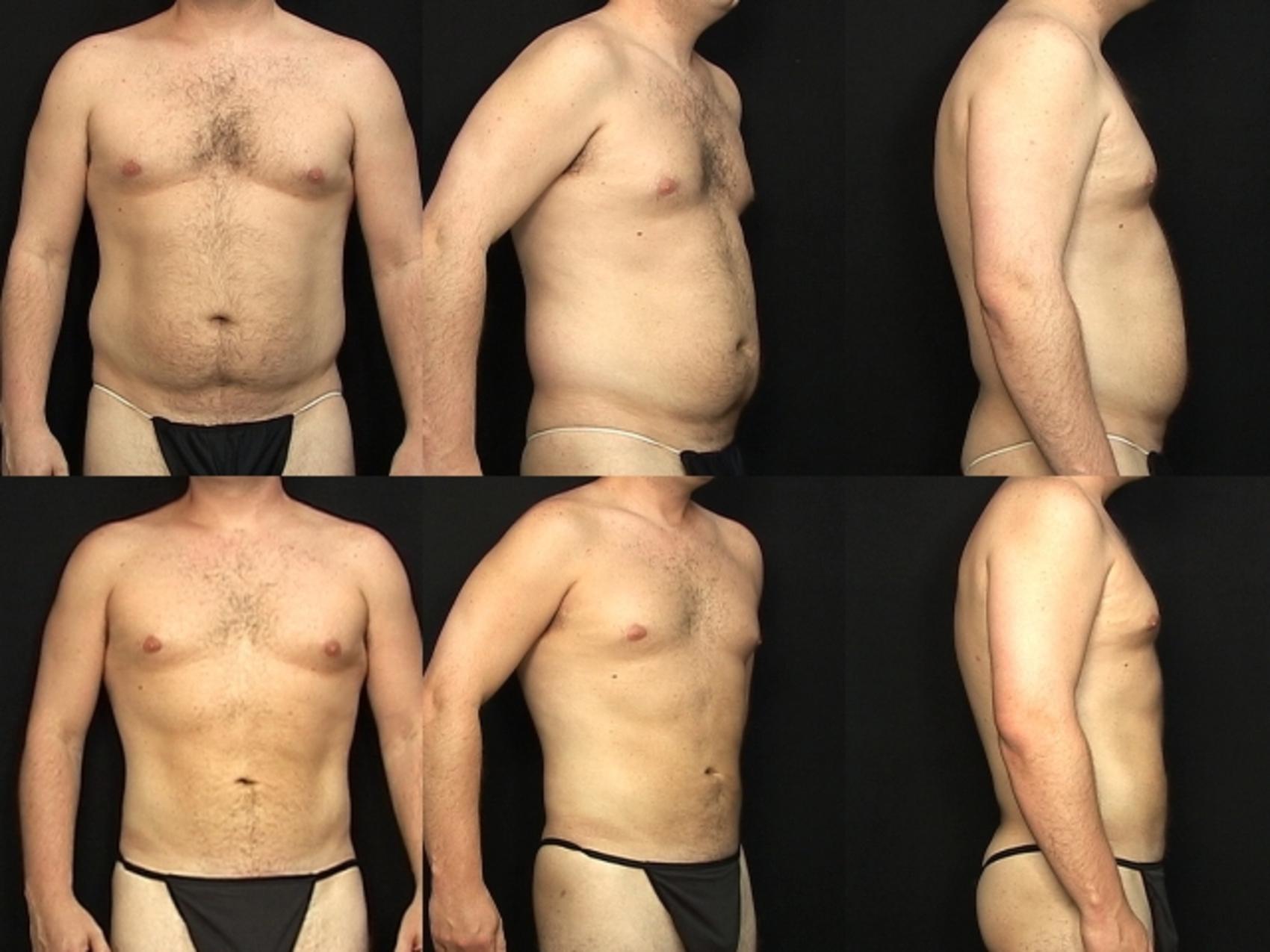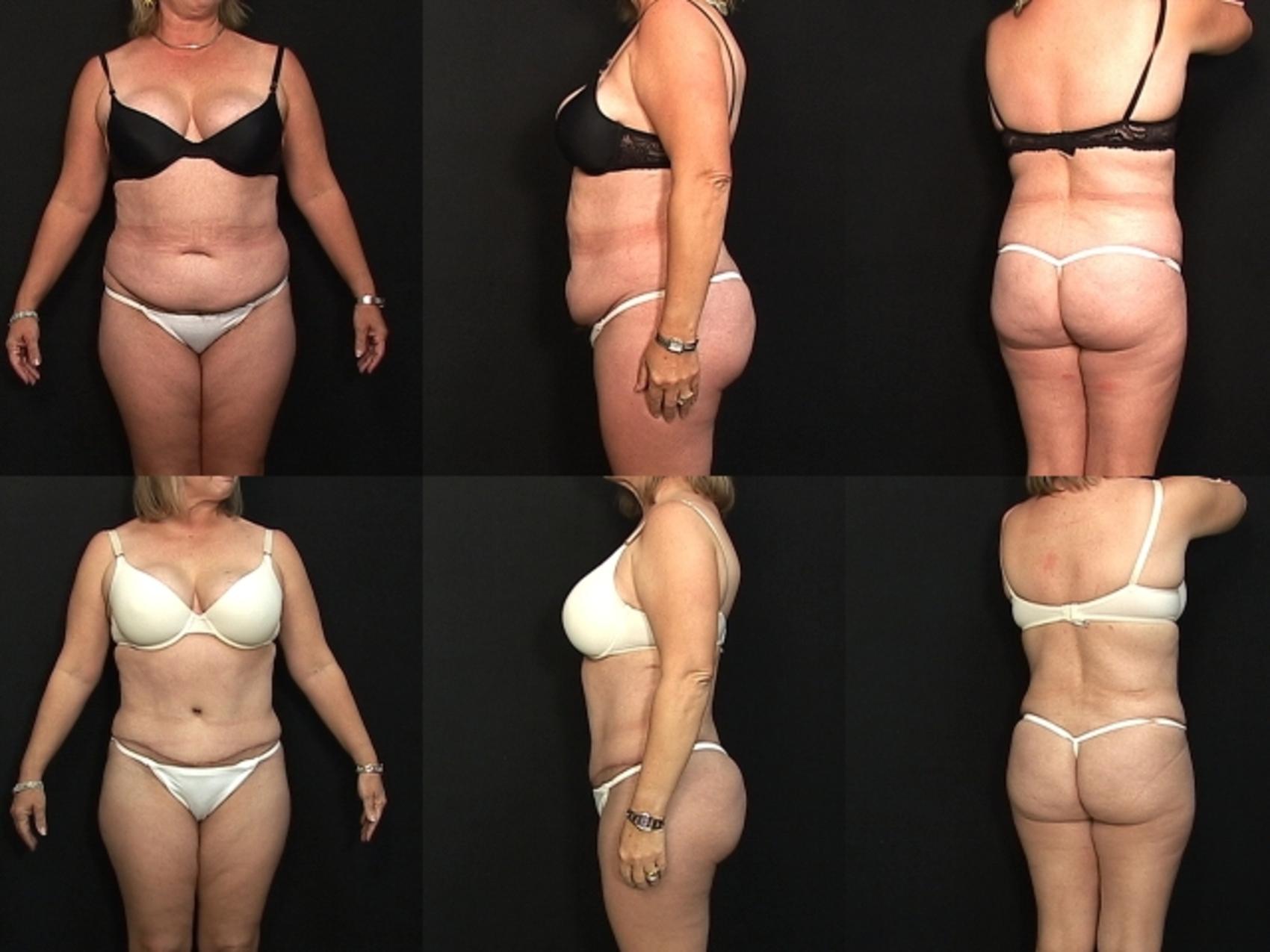After your liposuction procedure, you’re likely eager to enjoy your results and get back to life as usual. But when it comes to recovery, knowing what not to do after liposuction is just as important as understanding what you should do.
As a double board-certified plastic surgeon, I help my patients avoid the most common post-op missteps so they can heal efficiently and see the best possible outcome. Let’s walk through 7 of the most common mistakes that could hamper your recovery.
1. Resuming Intense Exercise Too Soon
Getting back to the gym might seem like a good idea, especially if you’re excited about your new shape. But jumping back into strenuous workouts too early can lead to complications.
While I encourage light walking as soon as possible, activities like running, weightlifting, or high-impact fitness classes must wait about 4 to 6 weeks.
2. Ignoring Your Compression Garment
Wearing your compression garment might not be the most glamorous part of recovery—but it’s one of the most important.
Here’s what it does:
- Reduces swelling
- Encourages skin tightening
- Supports treated areas for a smoother contour
- Promotes healthy circulation
Wearing it inconsistently can undermine proper healing and your final results. I’ll let you know how long to wear your compression garment and when it’s OK to phase it out.
3. Expecting Instant Results
Liposuction offers lasting body contouring, but those sleek results don’t appear overnight. Swelling, bruising, and fluid retention are normal in early postoperative stages.
You can expect noticeable swelling to improve significantly in the first few weeks, with more subtle changes continuing for several months. Most patients see their final results within 3 to 6 months.
Read about life after liposuction.
4. Skipping Follow-Up Appointments
Even if you’re feeling great, your post-op appointments are crucial to your care. These check-ins allow me to monitor your progress, address concerns early, and adjust any aftercare instructions if needed. Staying in touch helps ensure everything is healing on track.
5. Eating a Poor Diet
What you eat plays a significant role in your recovery. A balanced, nutrient-rich diet helps your body repair tissues, reduce inflammation, and maintain your new shape.
Here’s what to eat after liposuction to support your healing:
- Lean protein (like chicken, fish, or tofu) to rebuild tissue
- Fruits and vegetables that are packed with antioxidants and vitamins
- Whole grains and fiber to promote healthy digestion
On the flip side, processed foods, excess salt, and sugary snacks can contribute to swelling and inflammation. Staying hydrated is also key to feeling your best during recovery.
6. Staying Sedentary for Too Long
While rest is essential, light movement, like short walks around the house, can help prevent blood clots, improve circulation, and reduce swelling.
7. Smoking or Drinking Alcohol
Smoking restricts blood flow, which can seriously delay healing and increase your risk of complications. Alcohol can interfere with medications and contribute to bruising. If you’re planning to have liposuction—or have just had it—avoiding both is one of the best things you can do for your body.
Set Yourself Up for a Smooth Recovery
If you have questions about recovery or want to know if you’re a good candidate for liposuction, call Destin Plastic Surgery at (850) 654-1194 or request a consultation.






Leave a Reply